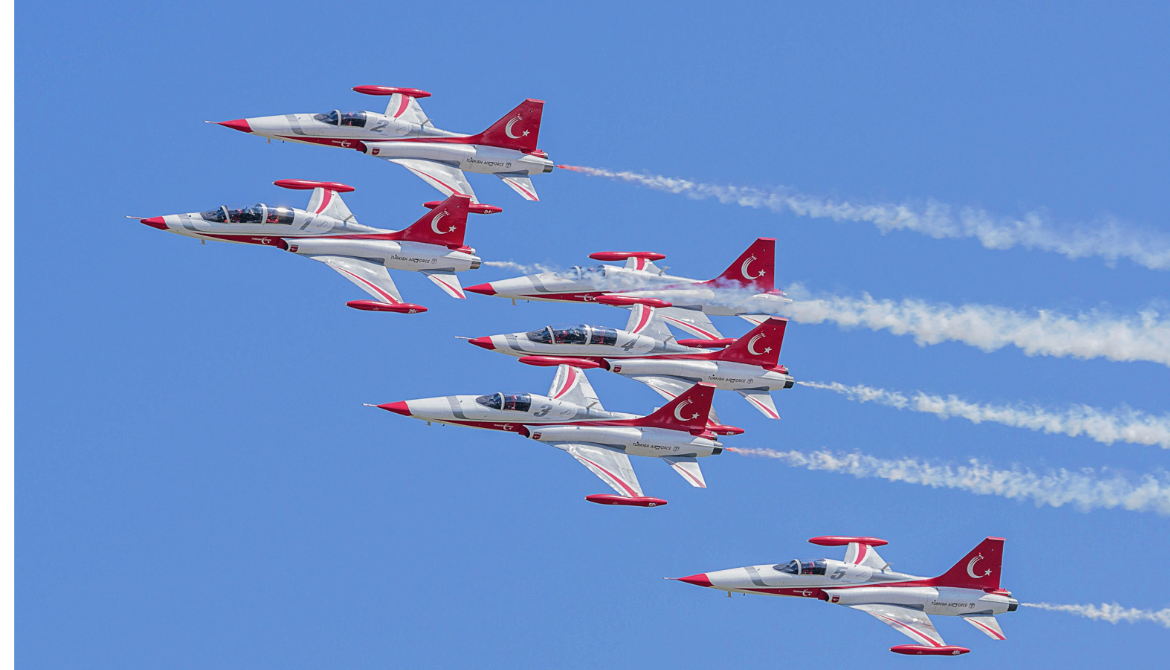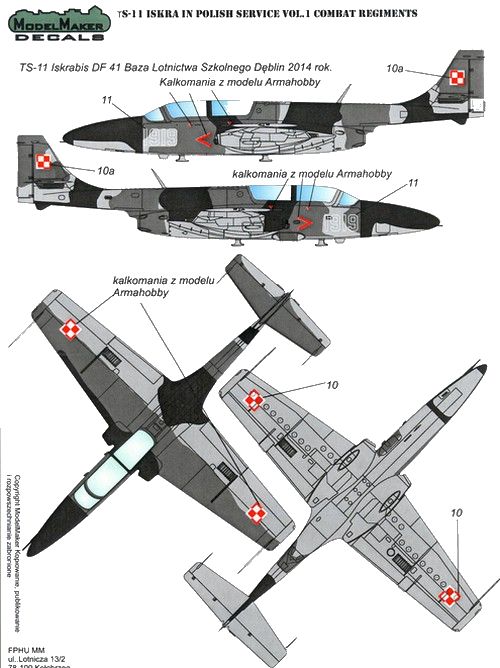
HeadGing 3
Boeing Helicopters Wikipedia link
Heading 6
Yesterday, on 27th July 2022, the only Polish military jest aerobatic team White-Red Sparks (Biało-Czerwone Iskry) performed the final display, therefore concluding fifty three years of its history.
Amazing Team Bialo-Czerwone Iskry
The team was formed in 1969 at the 60th Training Air Regiment in Radom. Initially, it was called ´Rombik´ (English: a little rhombus) and featured four PZL TS-11 ´Iskra´ (English: spark) aircraft. The aeroplane, that completed its maiden flight on 5th February 1960, was the first jet aircraft developed and produced in Poland.
Bialo-Czerwone Iskry "PL"
Bialo-Czerwone Iskry ("White-and-Red Sparks") was an aerobatic demonstration team of the Polish Air Forces. Originally formed in 1969 at the 60 Training Wing in Radom under the name Rombik, the team flew four TS-11 Iskras. The team grew to nine pilots between 1993 and 1998 and was rebased to the 1 Air Training Centre in Dęblin. The team was the last user of the TS-11 Iskra, and flew their final display in August 2021 before disbanding.
Created in 1946
|
|||||||||||||||||
|
|
||
|
||
|---|---|---|
Team (Zespół Akrobacyjny Iskry) (Polish: Bialo-Czerwone Iskry )
AAerobatic Team Bialo-Czerwone Iskry (Polish: Bialo-Czerwone Iskry ).
Yesterday, on 27th July 2022, the only Polish military jest aerobatic team White-Red Sparks (Biało-Czerwone Iskry) performed the final display, therefore concluding fifty three years of its history. The farewell ceremony was held at the 41st Training Air Base (41. Baza Lotnictwa Szkolnego) in Dęblin, Poland.
Team Blue Angels aircraft history.
Demonstration aircraft History
The TS-11 entered service in 1963, becoming the basic military training jet in Poland. Although its production was ceased in 1987, the TS-11 remained in active service until December of 2020 when it was suceeded by Alenia Aermacchi M-346 Master.
The interesting history of development and service of the TS-11 was already introduced by us in 2021, within our Aviation History Friday series. We encourage you to take some time to read that article, if you would like to learn more about that aircraft itself and the reasons why it was used only with Polish and Indian air forces.
Support aircraft
Transport CASA/IPTN CN-235
Photo Gallery
Team Bialo-Czerwone Iskry Polish AF
Polish Air Force (Polish: Siły Powietrzne aircraft
The Polish Air Force (Polish: Siły Powietrzne, lit. 'Air Forces') is the aerial warfare branch of the Polish Armed Forces. Until July 2004 it was officially known as Wojska Lotnicze i Obrony Powietrznej (lit. 'Aerial and Air Defense Forces'). In 2014 it consisted of roughly 16,425 military personnel and about 475 aircraft, distributed among ten bases throughout Poland.
Military aviation in Poland started even before the officially recognised date of regaining independence (11 November 1918). The very first independent units of the Polish Air Force, in service to the re-emerging Polish sovereign state, were actually formed before, in 1917, before World War I had come to an end.[2] When the Russian Revolution began and the tsardom gradually lost control of the country, Polish pilots took advantage of the chaos and formed spontaneous aerial units in areas of present-day Belarus, south Ukraine, and by the Kuban river. Up until that point Polish pilots had only flown as members of Russian, German or Austro-Hungarian militaries. The first known air force units in service to the re-emerging Polish state were: I Polski Oddział Awiacyjny (1st Polish Aviation Squad) in Minsk formed on 19 June 1917, the 1st and 2nd Aviation Units of the 2nd Corps, the aerial fleet of the 4th Rifle Division, as well as the Samodzielny Polski Oddział Awiacyjny (Independent Polish Aviation Squad) in Odesa.
Aircraft In service
Attack Su-22
Fighter F-16 Falcon, MiG-29 Fulcrum
Helicopter Mi-8, Mi-17, Mi-2, PZL W-3, PZL SW-4, S-70i
Reconnaissance PZL M-28
Trainer PZL-130, M-346 Master
Transport C-130, C-295, M-28, 737
Boeing Logo
Boeing Rotorcraft Systems (formerly Boeing Helicopters and before that Boeing Vertol)

Boeing CH46 Seaknight
Boeing Vertol CH-46 Sea Knight is an American medium-lift tandem-rotor helicopter.

Boeing MV-22 Osprey
Bell Boeing V-22 Osprey is an American multi-mission, tiltrotor military aircraft



PZL Mielec (Polskie Zakłady Lotnicze - Polish Aviation Works), formerly WSK-Mielec
PZL TS-11 Iskra Trainer
About
PZL TS-11 Iskra Trainer
-
Role Trainer aircraft Manufacturer PZL-Mielec First flight 5 February 1960 Introduction 1964 Retired 2021
First flight
-
Primary users Polish Air Force
Polish Navy
Indian Air ForceProduced 1963–1987 Number built 424
General Info
Performance
- Maximum speed: 720 km/h (450 mph, 390 kn) at 5,000 m (16,404 ft)
- Cruise speed: 600 km/h (370 mph,
- Stall speed: 140 km/h (87 mph,
- Never exceed speed: 750 km/h (
- Range: 1,250 km (780 mi, 670 nmi)
- Service ceiling: 11,000 m (36,000 ft)
- Rate of climb: 14.8 m/s (2,910 ft/min)





